The world of boss monsters is ever-changing. Bosses are usually reserved for higher-level monsters and are present in every Extra Deck mechanic. In the case of links, the most iconic ones are Link 4. As the most generic Extra Deck mechanic, Link 4's are the easiest to summon across all decks, and thus lead to a decision when deck building. Which should I choose?
What are Boss Monsters?
Boss monsters are monsters whose stats and/or effects have a direct impact on ending a game, mostly through battle or removal, and tend to be the end goal of a deck. Despite the definition, it's hard to accurately define what a boss monster is.
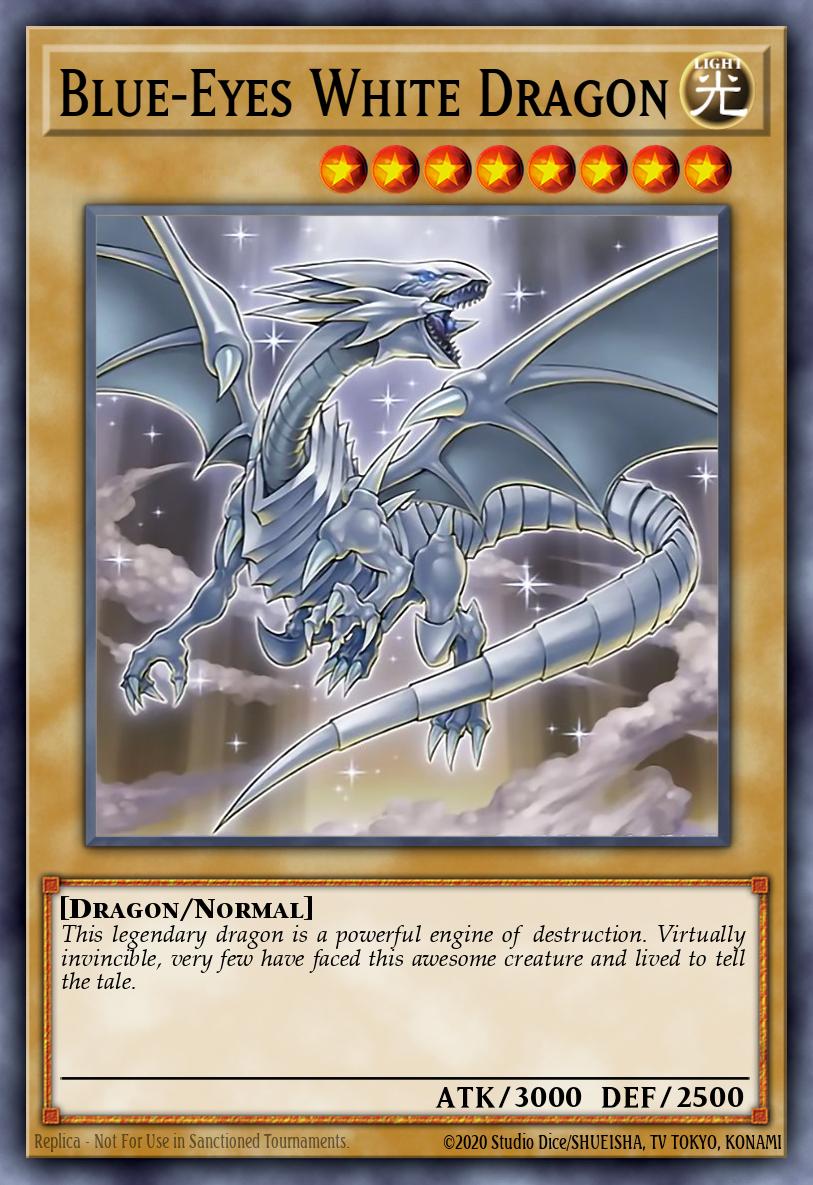
Ultimate Tyranno was the face of the first Dinosaur Structure Deck, but compared to today's Ultimate Conductor Tyranno, it's nothing. Blue-Eyes White Dragon has enough support around it to call it the boss monster of its own deck. Cosmo Queen, on the other hand, is hard to see as the end goal of any deck. Even monsters that on the surface may look weak, like Number 64 or Lyrilusc - Assembled Nightingale, are able to generate a win condition with the proper support around them. This means that, when defining a boss monster, context matters.
A deck can have more than one boss monster. Generaiders are a good example of this. Just about every main deck monster save for Loptr has stats and effects fitting the description of a boss. The opposite can also be true. Sky Striker Ace - Raye is the ace of the deck, but neither her nor the Sky Striker links can be considered boss monsters. Instead, the deck has uses generic extra deck monsters to use as their bosses.
Toolbox Bosses Pre-Links
Main Deck
There are many boss monsters that don't have strong ties to one specific archetype. Cards like Black Luster Soldier - Envoy of the Beginning and other chaos monsters see play in some decks that predominantly play Light and Dark monsters. Same with Vanity's Fiend and decks that don't special summon often or have many starters that special summon themselves. Dark Armed Dragon doesn't belong to any specific archetype, but was feared as a final boss for many years. These are cards that have good enough stat lines and effects that, if they aren't dealt with, will deal with you. While powerful generic Main Deck monsters exist, the majority of these are located in the Extra Deck.
Extra Deck
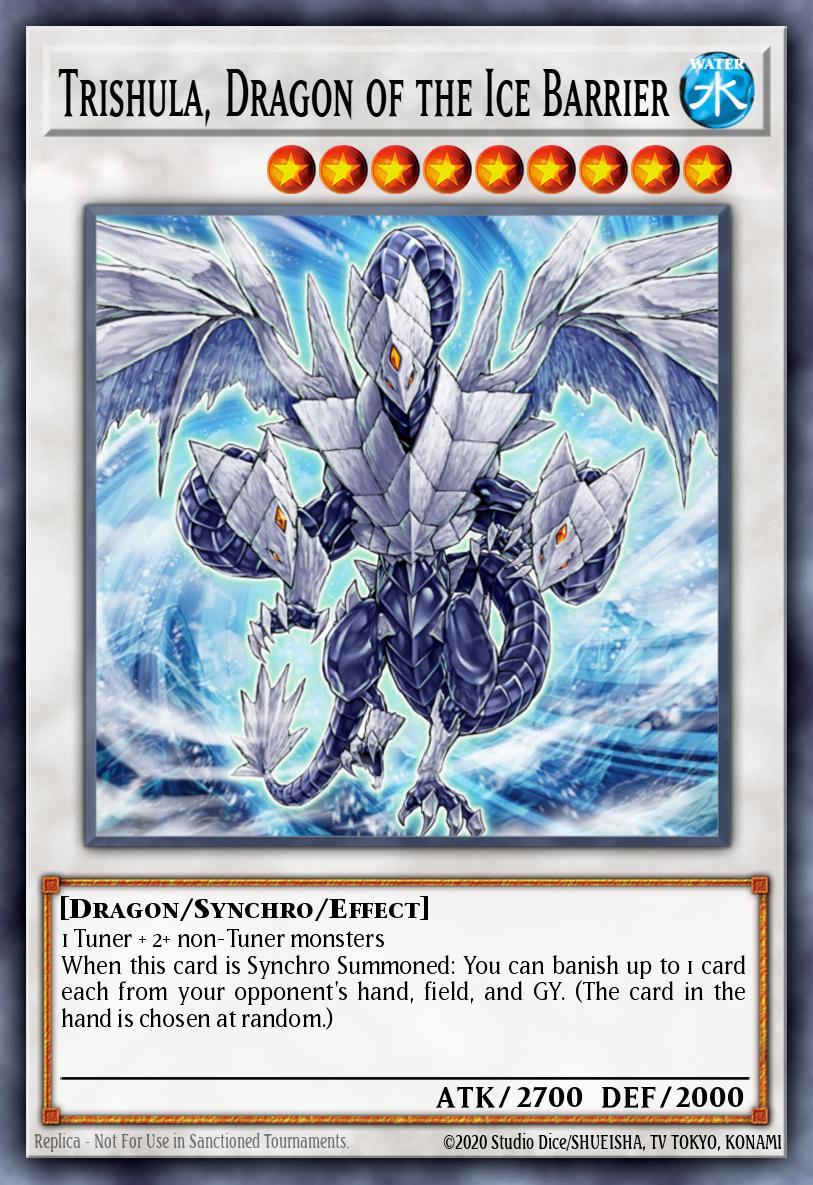
Synchros like Stardust Dragon, Black Rose Dragon, and before their erratas Brionac, Dragon of the Ice Barrier, and Goyo Guardian were auto-included in most Extra Decks. With synchros, a deck had to at least play tuners effectively. Decks that didn't use the Extra Deck could reborn a tuner their opponent used and could still run synchros.
Xyzs started as a minor part of Extra Decks but gradually began taking a larger part of it outside of dedicated Synchro decks. First with Number 39 and Number 17, followed by Castel and Abyss Dweller, who still sees play today. While not all of the previous ones are bosses, Trishula, Dragon of the Ice Barrier, and True King of All Calamities are more clearly boss material by today's standards.
Link Bosses
Right from the start of the Link Era, Code of the Duelist introduced 2 powerful link 4 monsters, Firewall Dragon and Topologic Bomber Dragon. The first became the first ace monster banned on the F/L list. The second saw play in early versions of Orcust, Paleozoic, and other decks, but didn't see much play outside of decks that synergized with its effect. In Master Rules 2020, we have a sizeable number of powerful link 4s for any deck to use. Each of them brings something different to the table, in different mixes of protection, flexibility, damage, or utility.
Circuit Break and Extreme Force
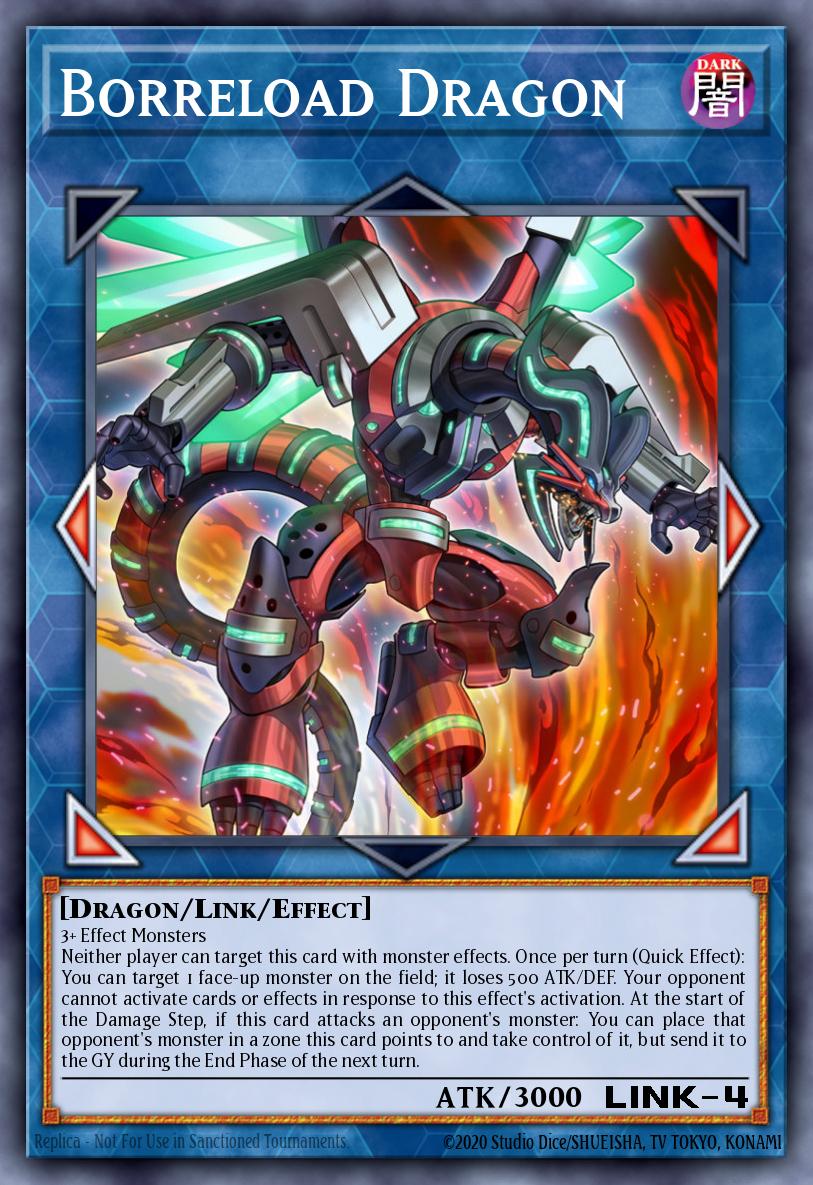
Going in chronological order, we first encounter Borreload Dragon. Borreload came with the right balance of protection, aggressiveness, and utility. In typical Borrel fashion, it requires 3+ Effect monsters. Its main use now is removing troublesome monsters that can't be targeted or destroyed. If the format shifts to include more of these monsters, Borreload will likely make a return to dominance. Saryuja Skull Dread came a set after Borreload and performed a very different duty. At the time of its release, it was part of many FTKs and long combos. To get the last effect meant that commitment was always high, but the payoff could be worth it. However, it's more of a utility monster that enables combos than a boss on its own.
Cybernetic Horizon and Dark Neostrom
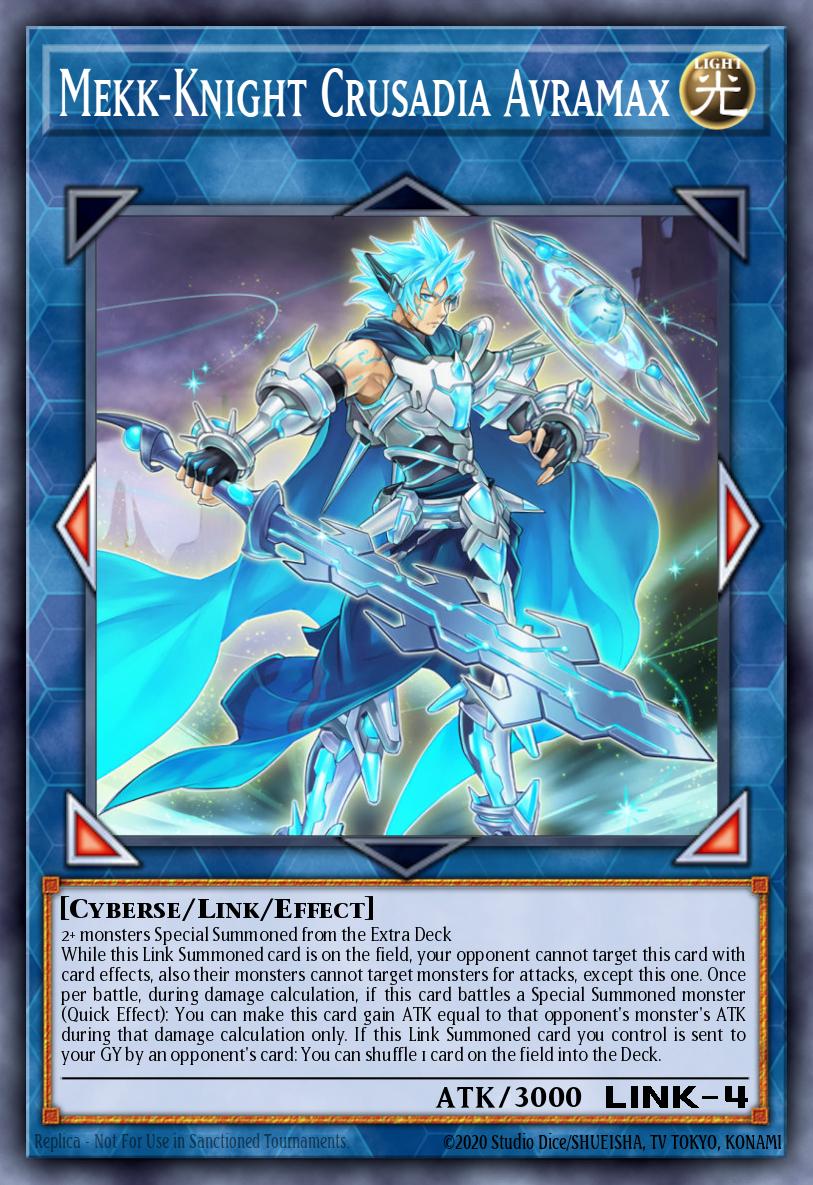
Next came the infamous OTK machine, Borrelsword Dragon. Borrelsword forcefully accelerated the pace of the game on its own. It became a tool more decks could use to instantly end the game if a player left a lightly protected field. Borrelsword is only absent in decks that already have an easy time closing games such as Crusadia, or decks that can't afford to summon the materials to make it like Subterror. Averaging the battle prowess of Borrelsword with the protection of Borreload came Mekk-Knight Crusadia Avramax. Commonly combined later on with I:P Masquerena, it becomes almost a Towers that gets its revenge upon leaving the field.
Structure Deck: Rokket Revolt and Savage Strike
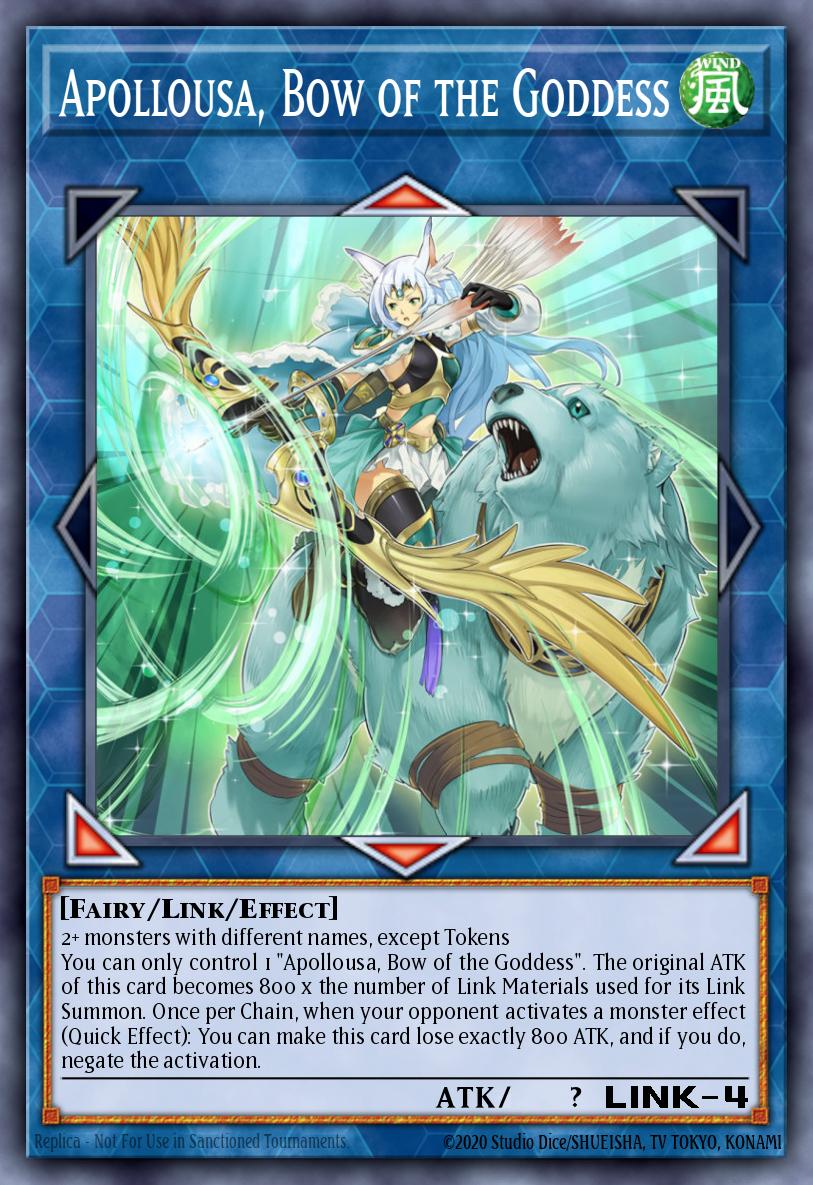
Topologic Zeroboros is the first of the link 4s to come from a Structure Deck instead of a core set. Its success has come mostly from Orcust and Gren Maju decks, as well as Salamangreat. It is at home in decks that play ways of mass banishing cards like Orochi and Desires. Decks that can trigger it and then capitalize also benefit greatly.
Apollousa, Bow of the Goddess, similar to Saryuja, is primarily used for its utility, not its offensive capabilities. Decks that aim to build a board will often go into Apollousa for protection against Nibiru and the most amount of interruptions possible during the opponents turn. However, unlike Saryuja, Apollousa is a combo payoff all on its own, being a generic negation boss.
Eternity Code
The final generic link 4s come from Eternity Code. Gouki The Powerload Ogre is a more generic version of its counterpart Gouki The Giant Ogre, accessible without other Goukis. Its main appeal is being nigh unkillable, and while that doesn't win the game on its own it sure helps. This is the most restrictive of the link 4 monsters so far, as it asks for only warriors. It probably isn't worth the trouble of summoning outside of warrior decks, even if engines like the Codebreakers make it possible.
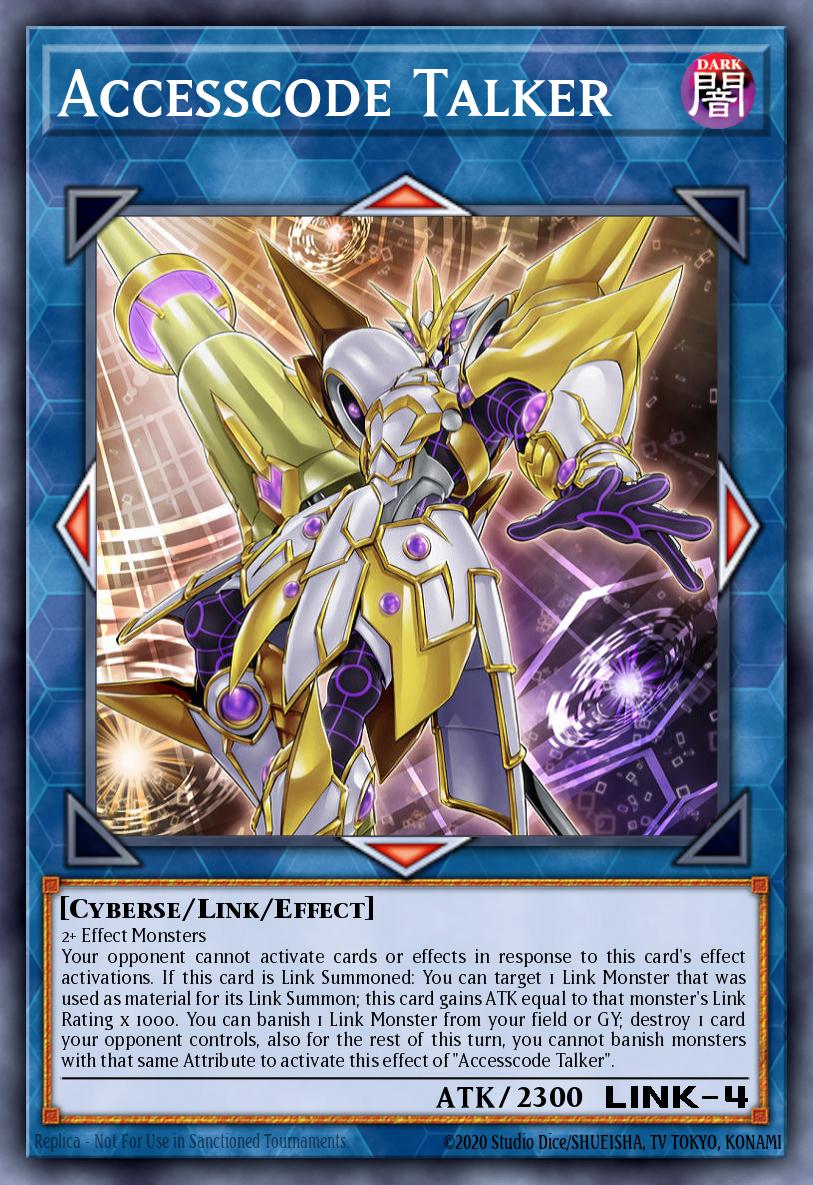
Accesscode Talker is the boss of the Code Talker monsters and has two effects that cannot be responded to. It's at its best when removing individual threats from the board. To get the most out of its effect, ideal decks for it include links of various attributes. Sky Striker fits it perfectly, as does Invoked, and Salamangreat when playing Transcode Talker and Update Jammer. However, the existence of cards like Knightmares make it so almost any deck can get off 2 pops with Accesscode if they really try.
Link 3 Exceptions
There are also some notable mentions of link 3 monsters that reach boss monster material. First is Black Luster Soldier - Soldier of Chaos. Good protection and good damage, but it only really stands out in decks that use high-level Main Deck monsters. Decks like Mekk-Knight and Thunder Dragon especially have an easy time making it.
Infinitrack Fortress Megaclops is only really used in Zoodiac, but deserves mention due to how powerful and well rounded it is. If other decks could make it efficiently (Numeron), they surely would. Crusadia Equimax is not only the real boss monster of Crusadias, but also the partner in crime of Infernoid. The setup required to make it work is demanding, but any deck that can pull it off usually deals enough damage to win that turn.
So What to Use?
Some boss monsters are better suited to certain decks, others depend more on the format. In some cases, because the monster synergizes so well with a deck, it will always be included in the Extra Deck. Combo decks tend to use Apollousa and Saryuja in their opening plays. Thunder Dragon will have a spare Soldier of Chaos, Orcust a Zeroboros, and the threat of Equimax is constant in Infernoid. Other than that, they each have their ups and downs. Avramax can beat over Accesscode and is better protected, but can't deal with an established field as well. Borrelsword has the highest damage output, but any disruption will put a stop to it. Borreload is the most balanced, but that just means it doesn't excel at any particular thing either.
In the end, the best choice is constantly changing with the context but should take into account the meta and deck it is being used in.




